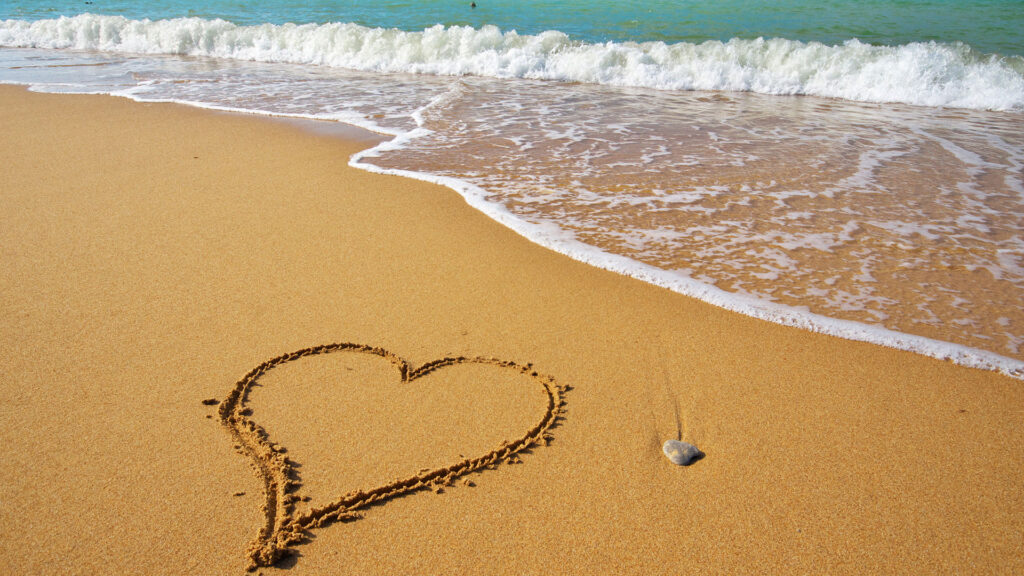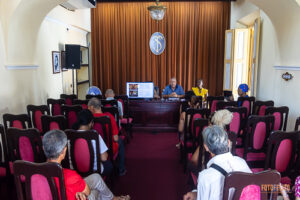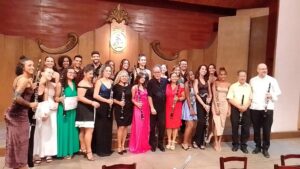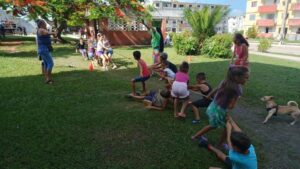Beaches: from preference to conservation .

August, with all its load of intense solar radiation and very high temperatures, is coming to an end and with it the recreational activities that we develop during this summer stage on the beaches and coastal areas.

Sand or reef and warm water, combined with gastronomic and recreational offers, make these spaces occupy the first places in the list of the summer vacation program. Especially for islanders or those who live near the sea.
But beyond the fact that they are ideal places to spend time with family or friends, practice sports such as swimming and relaxation or enjoy the beautiful marine landscapes, these ecosystems require proper geomorphological management for their preservation.
This is what Alfredo Cabrera, PhD in Geographical Sciences, refers to when he urges to preserve the sandy substrate of the beaches and defend the stability of that surface from the dangers and vulnerabilities to which they are exposed by natural phenomena and the action of man.
An example of good management is not allowing fixed constructions on the dune. The buildings must be no less than 40 meters behind the sand dune, towards the mainland. This is reflected in Cuba’s Coastal Law, commented the professor of the University of Matanzas.
The artificial dumping of sand is another process inherent to the improvement of beaches and is aimed at compensating for their loss, controlling erosive processes and increasing the satisfaction of vacationers.
«Sand dumping to recover the beach and restore the dune is done by dredging offshore basins. It is a costly scientific and engineering action, but of great importance».
Is this sand extracted from specific places, and what are the particularities of these areas?
It is important to clarify this because there are those who think and comment that if sand is extracted from the sea, it will soon return to its place of origin. And although they are not without reason, it happens that this is a work that is carried out after a previous identification and study of the submarine basins, located at a sufficient distance from the coast, so that there is no direct movement between the basin and the firm part on land.
What volume of sand is extracted from the basin?
The basin is never completely emptied, only a small part of the sand is removed. For example, there are basins with five million cubic meters of sand and in a discharge, however large it may be, one or two million cubic meters are extracted.
It is good to clarify that in the basins there are self-recovery processes and this is part of the monitoring practiced by the experts to determine when the conditions exist to carry out another extraction.
It is part of a very rigorous study in which the environmental license granted by the Ministry of Science, Technology and Environment (CITMA) of Cuba cannot be missing.
The quality and effectiveness of this work are reflected in the collaborations of Cuban technicians and specialists in Caribbean and Central American nations for the restoration of their beaches.
What other aspects does beach management include?
The eradication of invasive exotic species and the regeneration of the native flora of those ecosystems to retain the sand and the use of an environmentally friendly infrastructure, such as wooden walkways to access the sea.
And very, very important, the commitment of vacationers with the care and cleanliness of the place, that is, that people who go to the beach do not feel only as users, but also as managers.
This includes the concern about leaving food waste or plastic containers at the end of the day at the beach.
Are we then talking about a process that goes beyond the work of those who study and work in the conservation of coastal areas?
As a systemic process, beach management has moved from a geomorphological function, focused on erosion and sediment dynamics, to an integrative one, because it considers the use given to them and the role of people in them as neighbors, tourists or guardians of their health and beauty.
Written by Ana González.




